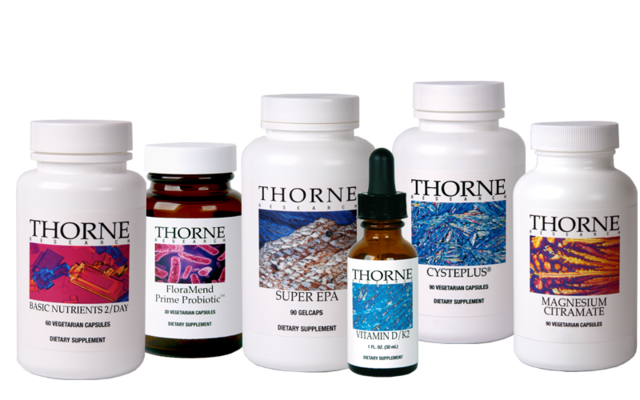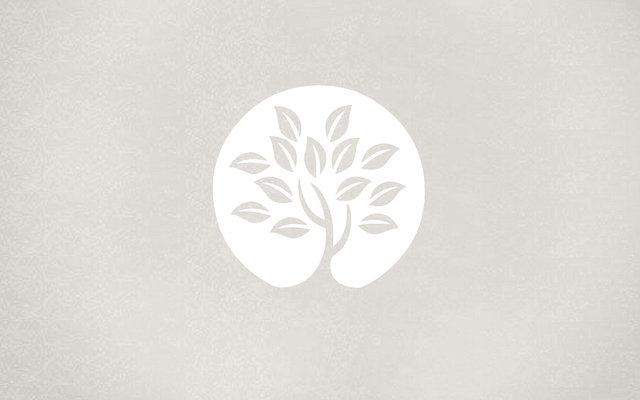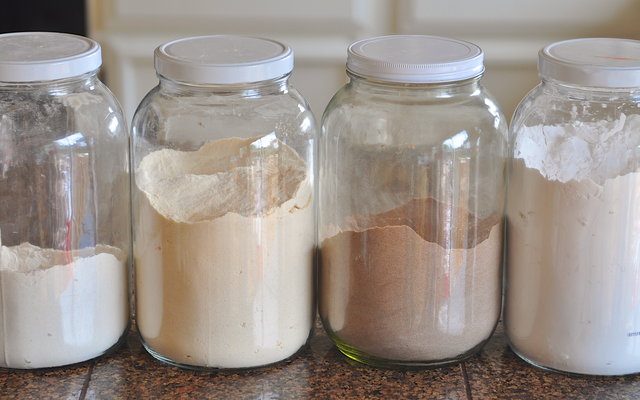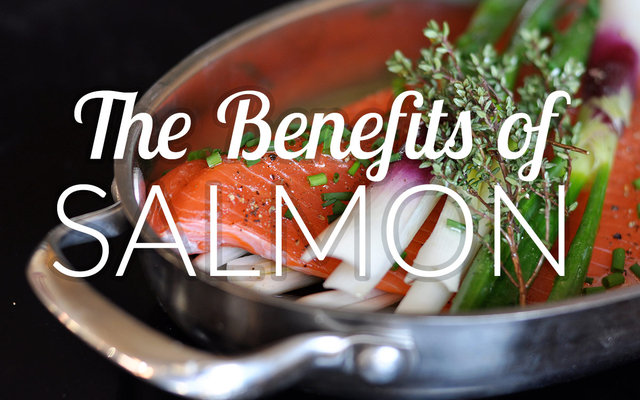by Tom Malterre
Gluten is hidden in a lot of places. Become a detective.
Gluten is also sticky. It loves to stick to cutting boards, toasters, and rolling pins. Because tiny amounts of gluten may contribute to someone continuing to have poor health, it is important to find where it may be hiding. I have literally seen someone with chronic fatigue get better when they replace their toaster.
Gluten-free flours are often cross-contaminated unless they are milled in a dedicated gluten-free mill.
Remove gluten from your kitchen pantry & shelves:
Look for any items in your pantry or on your shelves with gluten-containing flours—bleached flour, enriched flour, white flour, wheat flour—including box cereals, baking mixes, breads, and pastas. Refer to Celiac.com's list of unsafe foods. And of course if the items you're getting rid of are unopened, don't throw them away; consider giving them to your local food bank.
Resource: http://www.celiac.com/articles/182/1/Unsafe-Gluten-Free-Food-List-Unsafe-Ingredients/Page1.html
Remove gluten from your refrigerator:
Look for any condiment jars that may be affected from cross-contamination by knives spreading bread crumbs: peanut butter, jam, butter, mayonnaise—anything you've placed a utensil in to spread on bread. Remember, it only takes 24-30 milligrams of gluten to potentially initiate a reaction to gluten, so you want to get it all out.
Clean (or get rid of) utensils & cutting boards:
Thorough washing is sometimes sufficient to remove gluten from items such as polished stainless steel utensils and cutting boards with smooth surfaces. However, if something is porous—for example, pizza stones, cutting boards, and wooden utensils or rolling pins—then it can create problems. Also, scratched bowls and pots are notorious for allowing dough to get stuck in the crevices and being nearly impossible to remove. When in doubt, always err on the safe side.
Clean (or get rid of) appliances:
Toaster: Of all the appliances in your kitchen, it's nearly impossible to adequately clean a toaster. Instead, buy a new toaster that is dedicated in your kitchen to toasting gluten-free bread.
Blender: It is possible to clean blenders with biodegradable detergent, allowing caked-on particles to soften up, then running the blender to loosen up that stuck-on gluten.
Oven: Don't forget to clean your oven, particularly oven racks if you put pizzas or breads directly on them.
Remove gluten from your personal care products:
Many shampoos, conditioners, lotions, and toothpastes contain gluten, so watch for those too. It is best to avoid wheat germ oil in personal care products, which may contain small amounts of gluten. And while there's no scientific evidence that topical exposure of gluten to the skin leads to immunological reactions, clinical and anecdotal cases suggest otherwise—so it's always best to err on the side of caution.
References
-
How much gluten can make me sick?

Stay up to date with the current science and recipes that can help make your family healthy.




Add new comment